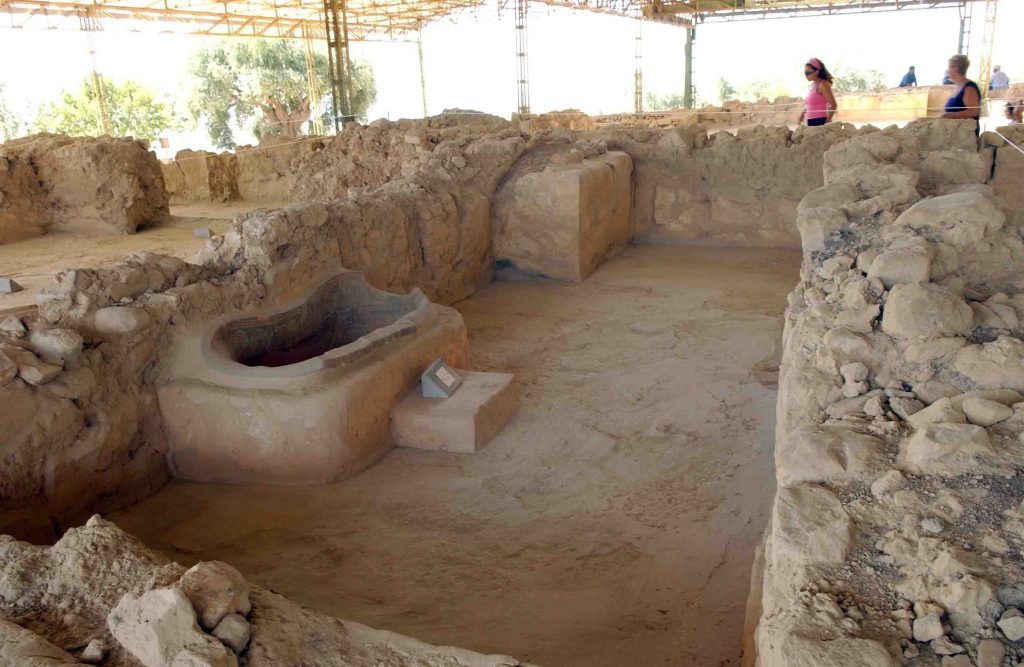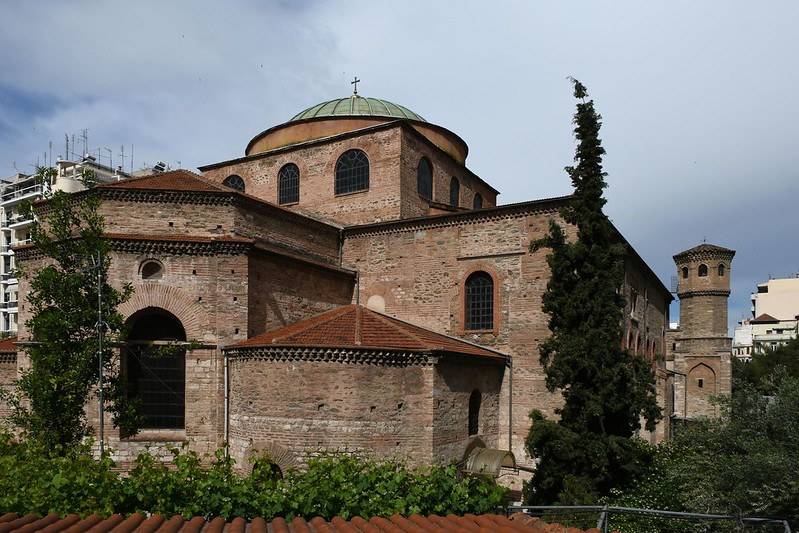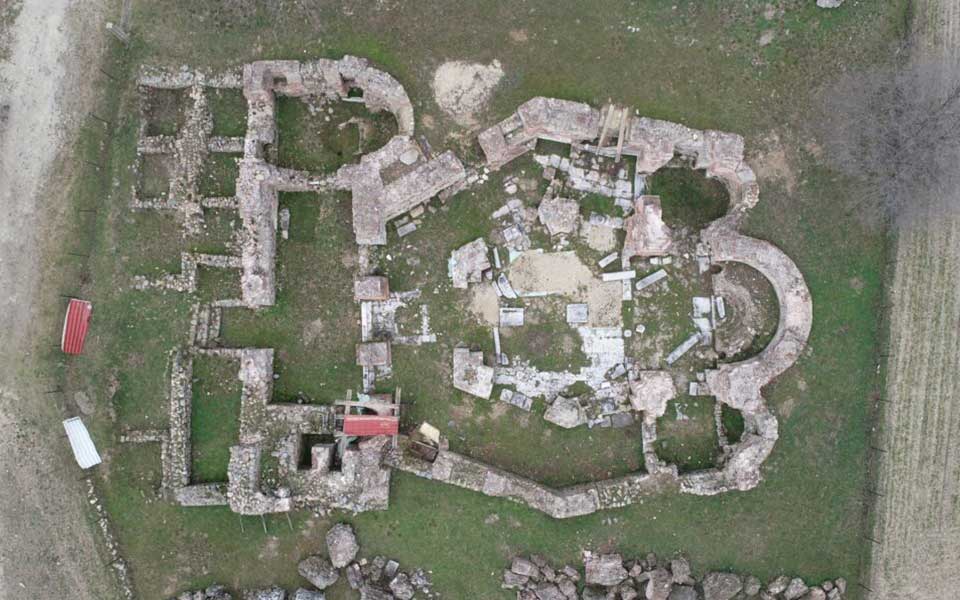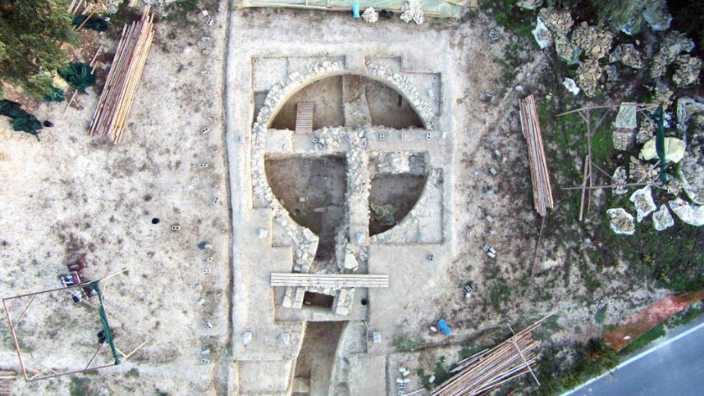The Ministry of Culture has introduced an initiative within the framework of the ‘Cultural Routes’ program to restore important monuments in northern Greece inscribed on the UNESCO protection list.
These monuments include the church of Panagia Acheiropoietos in Thessaloniki, the Palaeologan frescoes in the churches of Agia Aikaterini, Agios Nikolaos Orfanos and Profitis Ilias, the Orta mosque in Veria, the central church of Maximianoupolis in Komotini and other important monuments.
A total of 11.6 million euros will be allocated from the resources of the Recovery Fund for the creation of two of five pilgrimage routes. “In the Steps of the Apostle Paul” will be allocated 2.7 million euros while the “Egnatia Road” will be given 7.9 million euros as it covers a large part of northern Greece.

The 300 km-long cultural route includes the stations of the Second Apostolic Tour includes places like Kavala, Amphipolis, Philippi, Apollonia and others, while the places that St Paul visited by sea include Samothrace, Athens, Keghres, Ancient Corinth, and Nikopolis.
The second route will include the maintenance of the Rotunda in Thessaloniki, the restoration of the Palaeologan frescoes in the churches of Aghia Aikaterini, Aghios Nikolaos Orfanos and Profitis Ilias and the restoration of the Bey Hammam baths built in 1444.
The Ministry of Culture recently approved the third cultural route “Monumental works of Cyclops and people during the Mycenaean period,” which will have the fundamentals of Mycenaean architecture with a budget of 500,000 euros.


Stations of the route will be Dimini, the citadel of Gla, the vaulted tomb of “Minya” in Orchomenos, the citadels of Mycenae, Tiryns and Midea, the vaulted tombs of Messinia, and the palace of Nestor.
These historical monuments have been a crucial part of Greece’s culture and the investment by the Ministry of Culture has ensured that the future generation has access to these incredible pieces of history.
Sources: Ekathimerini


